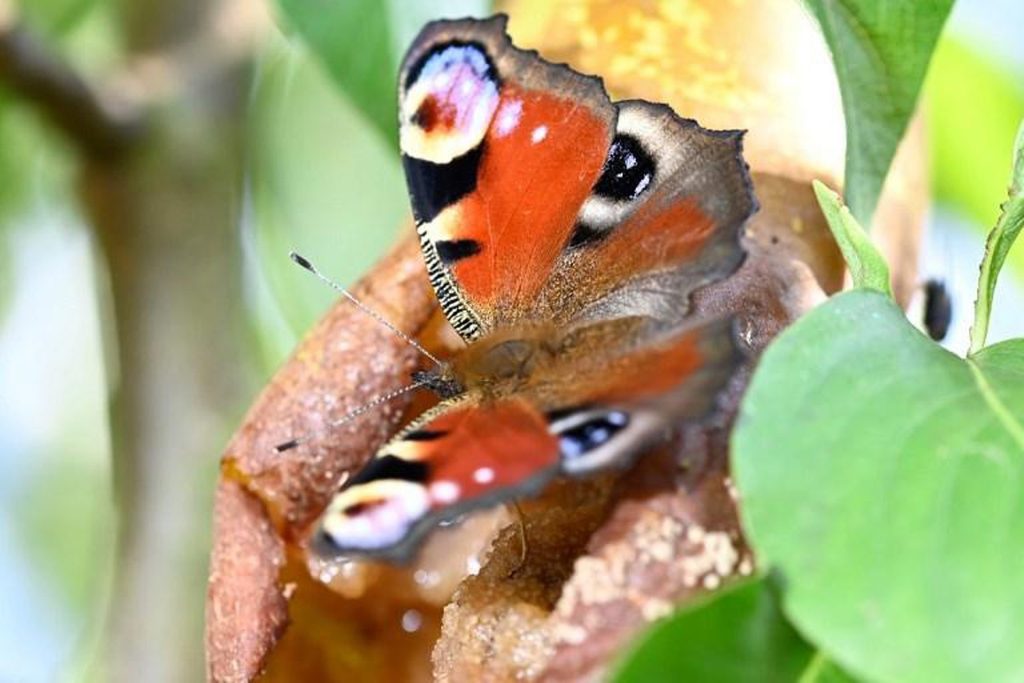Between this year's Spring drought and July's downpours, there were fewer butterfly counts this year during the latest census by nature conservation association Natagora.
Volunteers counted the winged insects in just 1,837 gardens during Natagora's 'grand census' in July, the association said on Tuesday. This was the lowest number since 2019. Last year, volunteers observed the butterflies in over 2,700 gardens during the exercise, which serves to help specialists analyse phenomena affecting the insects.
The unfavourable weather and scarcity of common butterflies, especially at the beginning of the month, may have discouraged participants, Natagora feels. The extreme weather conditions of 2022, including the summer drought, had already wiped out some populations. This spring, which was also dry, reduced the availability of nectar from flowers in local gardens.
The return of the rains in July was therefore welcome and more butterflies began to show the tips of their antennae. “As July progressed, their numbers increased,” notes Natagora. However, this progress was halted by cooler temperatures and excessive rainfall.
Indeed, “butterflies draw their energy from the warmth of the sun and fear damaging their wings in the rain,” the association explained.
The vagaries of the weather did not, however, discourage this edition's 2,419 volunteers, who together counted almost 49,000 butterflies in the gardens.
Butterflies are still the queens of Belgium's green spaces.
The white ones, whose caterpillars feed on cabbage in particular, were the most frequently observed (86%). The Vulcan, with its dark cape lined with orange and its wingtips spotted with white, came in second (64%), while the peacock butterfly and its captivating eye-spots completed the podium (48%) of the 2023 census.
The lemon butterfly, which was little noticed last year, returned to its usual frequency of sightings (34%), while the moro-sphinx, a migratory butterfly with a stocky body, was close behind (32%). Sometimes known as the “hummingbird sphinx,” this species can be recognised by its long proboscis and hovering flight, which enable it to gather nectar that is inaccessible to other butterflies.
On the other hand, the beige-toned myrtil (31%), the Robert-le-diable (28%) with its serrated wings and the common azure (27%) with its bluish reflections had “a difficult month,” notes Natagora. The tircis (26%) and the amaryllis (25%) close the top 10 for this edition, among the 33 daytime species visible in summer at Belgian latitudes.
In the face of climate change, which is leading to extreme phenomena such as floods and drought, and the decline of insects, Natagora is encouraging everyone, private and public players alike, to preserve the variety of habitats and to develop areas that are favourable to biodiversity.
Natagora suggests accepting ‘weeds,’ indigenous plants that have their uses, and leaving a few ‘refuge’ areas where humans do little or nothing. The dry, hollow stems of certain plants, for example, can be cut only in Spring to provide shelter over the winter for many species.

